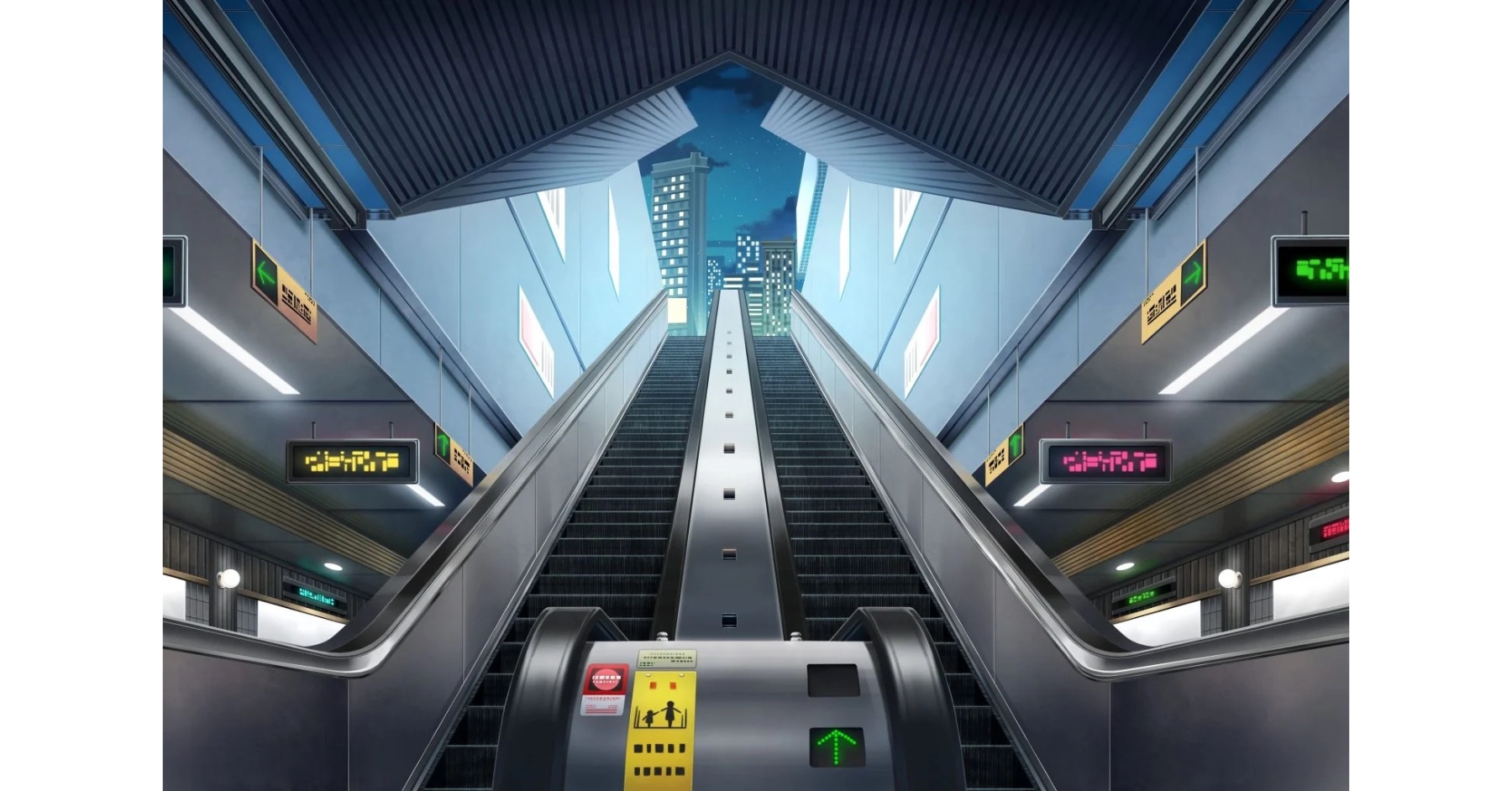If we asked you to close your eyes and think of an exterior lighting scheme, what would you see? We don’t want to make any assumptions, but we bet it’d be one of two things: a highway or residential area paved with streetlights. And whilst we don’t blame you, we wish something else came to mind, too: railways!
With most trains running between 5 AM and 1 AM, stations and station facilities remain active from dusk ‘til dawn — welcoming everyone from city workers commuting to and from the office and students en route to school and back to shoppers visiting city centres and friends enjoying a night out on the town. All these passengers need to know they’re safe and sound whilst awaiting their train, meaning it’s really important that these busy sites have sufficient exterior lighting.
So, where do councils and rail authorities need to place lighting infrastructure and what considerations must be factored into the lighting design in and around railway premises to ensure safe, secure sites?
Ensuring nobody’s left in the dark
Station platforms should be top of the list when working on railway lighting schemes, given that every passenger will spend some time using them — whether they’re dashing through the doors seconds before their train arrives or hanging around for 20 minutes after just missing a service (we’ve all been there).
First and foremost rail authorities must ensure platform markings are fully visible, so passengers can stay well behind the yellow line and mind the gap when boarding or departing their carriage. But that’s not all.
Plenty of train users purchase and collect tickets using on-platform machines, and these spaces also need to be well-lit to prevent any shady behaviour from going unnoticed when passengers are handling cards (or at any time, for that matter!). Of course, platform numbers, steps and bridges need to be lit too to make sure passengers know they’re in the right place and avoid accessibility issues or even accidents.
And then there are car parks to think about. Without proper exterior lighting, people who leave their vehicles at the station whilst out for the day (or night) will struggle to navigate spaces safely and see obstructions, resulting in a risk of collisions. Plus, thieves are more likely to operate in poorly lit areas, so car park lighting is crucial to keeping thieves at bay.
Now, we wish we could say you can just pop a few lightbulbs here and there and be done with it. But railway lighting must be effective to do its job, or you could have a whole host of new issues on your hands.
To ensure your railway lighting meets the mark, it’s important to follow the guidance available in papers like the Department for Transport’s Design Standards for Accessible Railway Stations report.
Implementing first-class design
The Accessible Railway Stations guidelines assert that railway lighting should be in accordance with the BS 5489-1 Code of Practice for the Design of Road Lighting Part 1: Lighting of Roads and Public Amenity Areas.
This document insists railway lighting should be consistent and even, with no harsh contrasts. That’s to stop glare, when excessively bright and dark areas cause the pupils to dilate and mess with visibility, which can be prevented by spacing lights far enough apart and using louvres to control beam angles.
As for how bright your lights can be, it’s recommended that you stick to a minimum of 100 lux on platforms and between 150 and 200 lux around walkways — high enough to ensure visibility but not so high that you waste energy (and money) and damage the environment.
Wondering how to achieve all the above? We recommend LEDs.
They are super flexible, durable, cost-effective, efficient and only emit light in one direction, helping you meet budgets and sustainability requirements without compromising on safety. LEDs can also be connected to the internet of things (IoT) as part of a smart lighting system, where a single column combines lights with CCTV cameras and speakers for advanced station security. Pretty neat, right?
In fact, LEDs are so good that Greater Anglia has used these lighting solutions to upgrade over 100 of its stations since 2018 as part of its attempts to reduce its carbon footprint. And given that sustainability requirements are rising all the time, you’ll probably want to follow suit…
DFL provides a range of lighting design services for all kinds of projects, including railway lighting revamps. Get in touch via +44 (0) 1962 855080 or email info@dfl-uk.com to find out how we can help get your train station lights on track!























